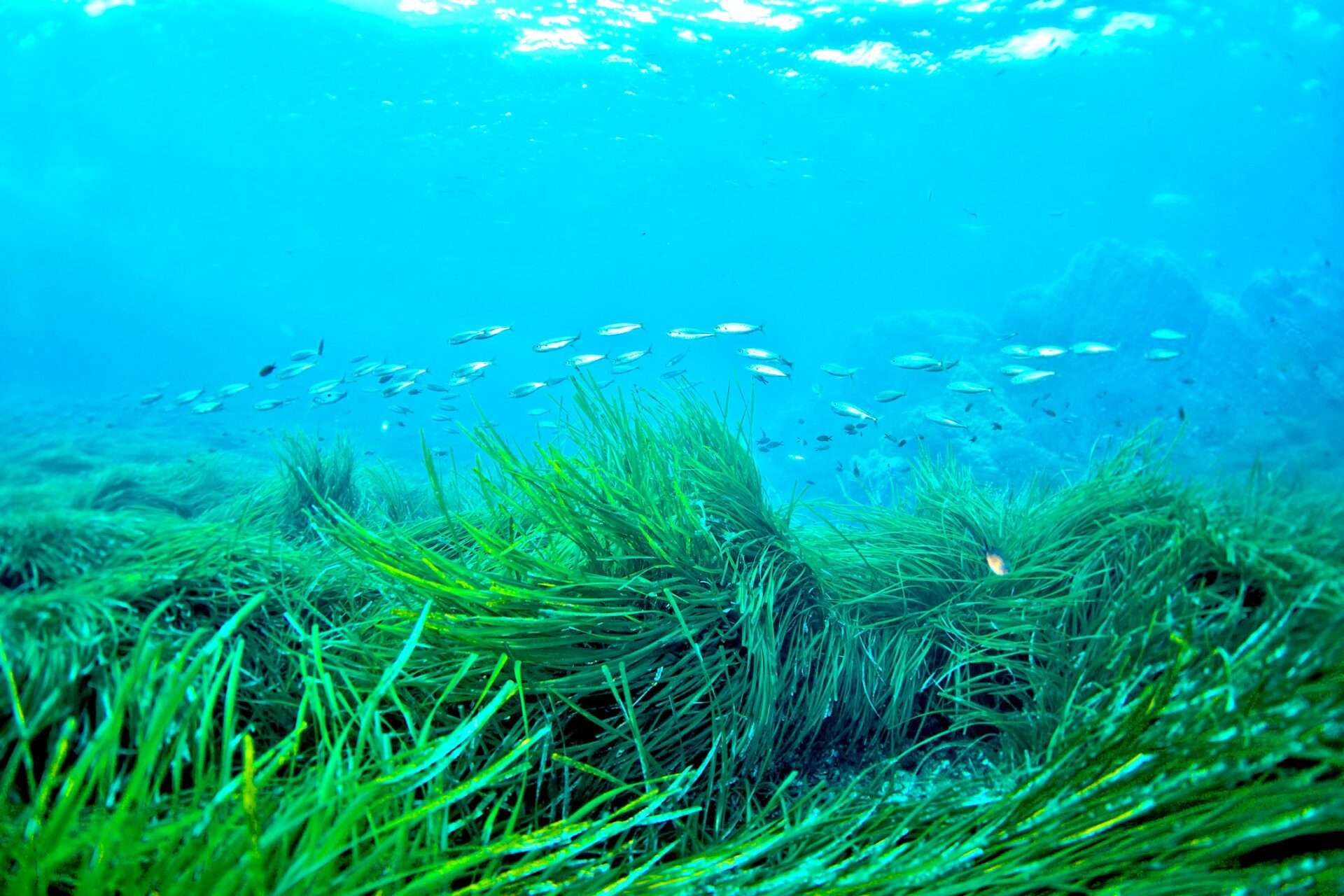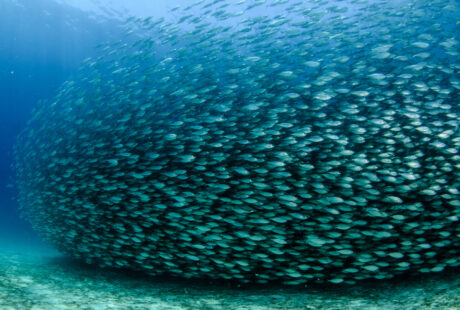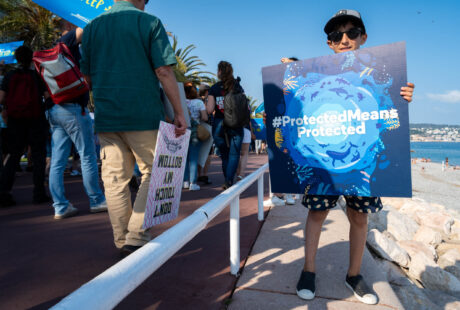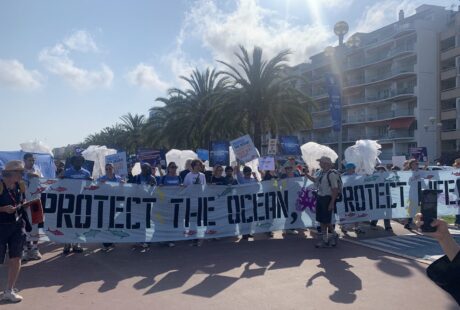Environmental organisations call for real measures in areas protected on paper. ClientEarth, Coalition Clean Baltic, Oceana, Seas at Risk and WWF warn that marine life across Europe is being harmed because member states are neglecting to actively manage marine protected areas. This puts at risk much of the biodiversity within the marine Natura 2000 network of protected sites, which protects on paper around 10% of waters across the European Union.

In reality, marine life in much of these areas is under increasing threat, due to a lack of management, monitoring and financing of conservation efforts. Member states are now in danger of breaking their obligation to improve marine conservation by 2020 as set by both the Aichi 11 target of the Convention on Biological Diversity and the Marine Strategy Framework Directive of the EU.
Environmental organisations have called for urgent political action from European leaders to improve the situation. This includes better management of these areas to ensure the conservation status of the protected habitats and species and to stop human activities that continue to harm these ‘safe havens’.
This week, EU countries will meet in Mallorca for the second EU-wide marine seminar to discuss ways to guarantee conservation and management of marine Natura 2000 sites.
The meeting is part of an ongoing process launched by the European Commission in 2012 to help member states improve the status of species and habitats protected under the EU Birds and Habitats Directives. It contributes to the objective of the EU Biodiversity Strategy of preserving EU’s remarkable and vulnerable marine life.
Holding back progress is the fact the network of protected areas is not evenly distributed among the countries and, in most cases, the management and monitoring of the sites are incomplete and compromised by insecure financing. This puts the entire goal of creating a network of marine protected areas to conserve and restore EU’s marine life at risk.
The environmental organisations comment the current status of marine protection in EU:
Client Earth Conservation Wildlife Lawyer Tatiana Lujan said:
“European nations have made important advances in designating marine protected areas, on paper. However, in reality these sites will only protect Europe’s marine biodiversity if concrete action is taken. Member states must now set objectives that are coherent with the conservation status of these sites – including restoring areas that need it – and ensure that activities within these sites, such as fishing, are not harming the sites’ integrity or the chances of their restoration.”
Coalition Clean Baltic Executive Secretary Mikhail Durkin said:
“Marine protected areas in the Baltic Sea and all of Europe need relevant and effective conservation measures in place to reach MPA’s specific conservation objectives. For the areas designated for the critically endangered Baltic Sea harbour porpoise this is especially urgent.”
Oceana Europe Executive Director Lasse Gustavsson said:
“We need to move from the virtual world to the real one. Theoretically protected areas do nothing to preserve European seas from actual problems such as the loss of biodiversity, the destruction of marine habitats and overfishing. Damages to the environment expand at a faster pace than efforts to stop them, and marine parks drawn on a piece of paper just make nice headlines”.
Seas at Risk Marine Policy Officer Alice Belin said:
“EU governments have committed to deliver clean and healthy seas by 2020. Building a network of Marine Protected Areas with actual conservation measures is a key step in making our EU seas healthier and more resilient to the pressures of human activities. In one year, this can and should be done.”
WWF Finland Marine Conservation Officer Anna Soirinsuo said:
“Reaching the 10% coverage by 2020 is only half of the goal. Without effective management and monitoring the Natura 2000 sites are merely outlines on the map and do not provide any protection to the intended species and habitats.”
Posted on: 13 November 2018



